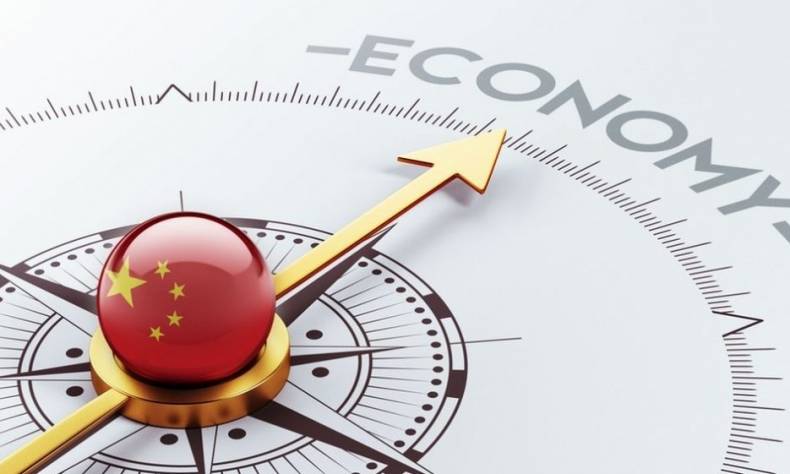Strong Consumption Drives China’s Economic Growth

China’s economic report for the first half-year was released on the 18th of last month. Data showed the economy expanded at a faster-than-expected 6.9 percent year-on-year in the first six months of 2017.
By Zheng Nan
China’s economic report for the first half-year was released on the 18th of last month. Data showed the economy expanded at a faster-than-expected 6.9 percent year-on-year in the first six months of 2017.
According to the latest figures from the National Bureau of Statistics China’s economy has maintained steady and sound growth.
There has been a strong growth in consumption in the first half of the year, with the basic retail sector making a comeback. Total retail sales reached $2.54 trillion between January and June, making consumption the major driver of China’s economy, contributing 63.4 percent to economic growth.
Indicators related to daily life, such as jobs, income and CPI were also bright spots. In particular, against a backdrop of supply-side structural reform and demand recovery at home and abroad, the growth of household incomes exceeded growth in GDP, consumption, imports and exports, and private investment.
This was no easy target, which inspired confidence and made it a good foundation for the completion of the year’s expected goals.
Staying tuned into the latest developments in the Chinese economy, international financial heavy weights raised their forecasts on the Chinese economy.
The IMF predicted China 2017 GDP growth at 6.7 percent, 0.1 percentage point higher than its previous estimate.
This shows IMF confidence in China’s economic growth, assessing a solid first quarter underpinned by the supply-side reform, including efforts to reduce excess capacity in the industrial sector.
In its latest Outlook supplement the Asian Development Bank (ADB) revised forecasts for China’s growth to 6.7 percent for 2017, up from 6.5 percent, and to 6.4 percent next year from 6.2 percent.
Even though under the new normal and China’s program of structural reform, slower economic growth, international institutions showed less concern on the country’s possible economic hard landing and financial risks compared to last year, and China is expected to continue stabilizing.
 Facebook
Facebook
 Twitter
Twitter
 Linkedin
Linkedin
 Google +
Google +











